Home>Home Appliances>Laundry Appliances>What Is The Middle Part Of A Washing Machine Called
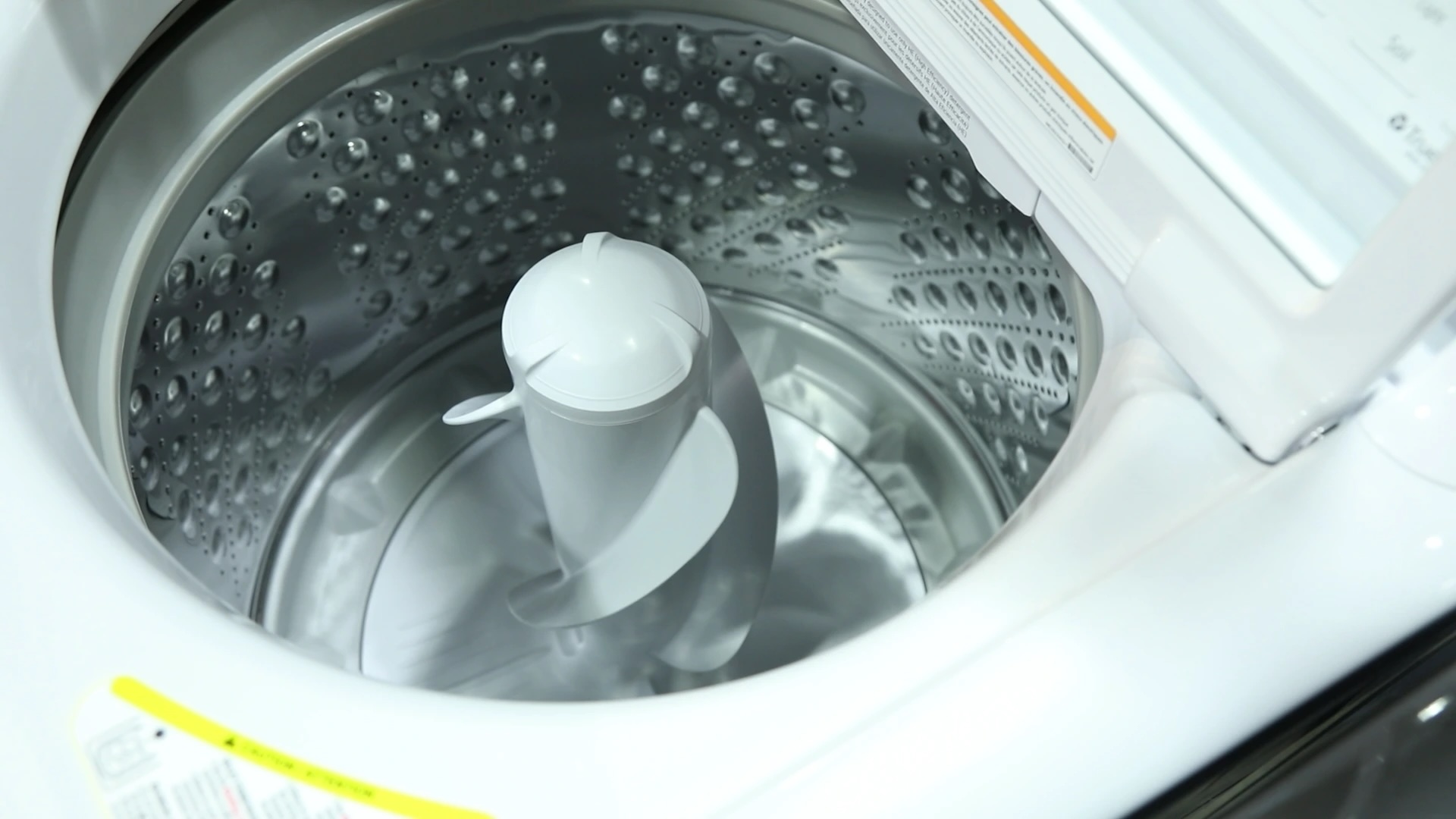

Laundry Appliances
What Is The Middle Part Of A Washing Machine Called
Published: February 21, 2024
The middle part of a washing machine, also known as the drum, is a crucial component of laundry appliances. Learn more about its functions and maintenance.
(Many of the links in this article redirect to a specific reviewed product. Your purchase of these products through affiliate links helps to generate commission for Storables.com, at no extra cost. Learn more)
Introduction
When it comes to laundry appliances, the washing machine stands as a cornerstone of modern convenience. It's a marvel of engineering that simplifies the arduous task of cleaning clothes, making it an indispensable part of our daily lives. While most of us are familiar with the basic functions of a washing machine, there are intricate components within this appliance that contribute to its seamless operation. One such component, often overlooked but crucial to the machine's functionality, is the middle part.
The middle part of a washing machine, also known as the agitator or impeller, plays a pivotal role in the washing process. It's the element responsible for agitating the water and detergent to effectively clean the clothes. Whether you have a top-loading or front-loading washing machine, the middle part is a fundamental feature that ensures thorough cleaning.
Understanding the inner workings of a washing machine, including its middle part, can provide valuable insights into how this appliance functions. From the intricate mechanisms that drive the agitator to the balance of water and detergent, each aspect contributes to the overall performance of the washing machine.
In this article, we'll delve into the significance of the middle part within a washing machine, exploring its functions, common issues, and essential maintenance tips. By gaining a deeper understanding of this often overlooked component, you'll be better equipped to optimize the performance and longevity of your washing machine. So, let's embark on a journey to uncover the inner workings of this essential household appliance and shed light on the middle part's indispensable role in the laundry process.
Key Takeaways:
- The middle part of a washing machine, whether it’s the agitator or impeller, is crucial for cleaning clothes effectively by agitating water and detergent.
- Regular maintenance, balanced loading, and mindful item placement are essential to preserve the middle part’s functionality and ensure optimal washing machine performance.
Understanding the Inner Components
The inner components of a washing machine form a complex and intricate system that collaborates to deliver efficient cleaning performance. At the heart of this system lies the middle part, which differs in design between top-loading and front-loading machines.
In top-loading washing machines, the middle part is typically an agitator. This component consists of a spindle with fins or blades that extend into the drum. During the wash cycle, the agitator moves back and forth, creating a scrubbing motion that dislodges dirt and grime from the clothes. The agitator's design is optimized to ensure thorough cleaning while minimizing wear and tear on the fabric.
On the other hand, front-loading washing machines feature an impeller as the middle part. Unlike the agitator, the impeller is a low-profile disc located at the bottom of the drum. Its primary function is to create a gentle yet effective tumbling action, allowing the clothes to move freely through the water and detergent. This motion facilitates a thorough and uniform cleaning process, making front-loading machines renowned for their efficiency and fabric care.
In both top-loading and front-loading machines, the middle part works in tandem with other inner components, such as the drum, motor, and water inlet valves. The drum, or wash basket, serves as the container for the clothes and water, while the motor drives the agitator or impeller to initiate the cleaning action. The water inlet valves regulate the flow of water into the machine, ensuring the appropriate level for each cycle.
Additionally, modern washing machines are equipped with sensors and control boards that monitor various parameters, such as water temperature and load balance. These technological advancements contribute to enhanced efficiency and user convenience, allowing for precise control over the washing process.
Understanding the inner components of a washing machine provides valuable insight into the mechanics behind its cleaning prowess. By comprehending the role of the middle part in conjunction with other components, users can appreciate the sophistication of these appliances and make informed decisions regarding maintenance and usage.
In the next section, we will explore the importance of the middle part in ensuring effective cleaning results and discuss its impact on the overall performance of the washing machine.
Importance of the Middle Part
The middle part of a washing machine, whether it's the agitator in a top-loading machine or the impeller in a front-loading model, holds immense significance in the realm of laundry appliances. Its role extends beyond mere physical presence, as it directly influences the efficacy and thoroughness of the cleaning process. Understanding the importance of the middle part sheds light on its indispensable contribution to the overall performance of the washing machine.
First and foremost, the middle part is responsible for initiating the mechanical action that facilitates the cleaning of clothes. In top-loading machines, the agitator's back-and-forth motion creates a scrubbing effect, dislodging dirt and stains from the fabric. This vigorous agitation ensures that the detergent penetrates the fibers, leading to a more thorough cleansing of the clothes. On the other hand, front-loading machines rely on the impeller's gentle tumbling action to achieve a similar result, albeit with a focus on preserving the fabric's integrity.
Moreover, the design of the middle part directly impacts the washing machine's capacity to handle different types of fabrics and soil levels. The agitator's fins or the impeller's disc are engineered to accommodate various loads, from delicate garments to heavily soiled items. This adaptability ensures that the washing machine can effectively clean a diverse range of clothing, catering to the needs of different households.
Furthermore, the middle part plays a crucial role in optimizing water and detergent usage. By agitating the water-detergent mixture or creating a tumbling motion, the middle part ensures that the cleaning agents are distributed evenly throughout the load. This not only enhances the cleaning efficiency but also minimizes excess detergent usage, contributing to environmental sustainability and cost-effectiveness.
In essence, the middle part acts as the linchpin of the washing machine, orchestrating the intricate dance of water, detergent, and fabric to deliver immaculate cleaning results. Its ability to balance robust cleaning action with fabric care underscores its pivotal role in the laundry process. By recognizing and appreciating the importance of the middle part, users can harness this knowledge to optimize their washing machine's performance and extend its longevity.
Understanding the significance of the middle part within the context of a washing machine's functionality provides a deeper appreciation for the appliance's inner workings. This insight empowers users to make informed decisions regarding usage, maintenance, and troubleshooting, ultimately enhancing their laundry experience.
The middle part of a washing machine is called the agitator. It is responsible for moving the clothes around and helping to clean them during the wash cycle.
Common Issues with the Middle Part
The middle part of a washing machine, whether it's the agitator in a top-loading machine or the impeller in a front-loading model, is susceptible to a range of common issues that can impact the appliance's performance. Understanding these issues is crucial for users to identify and address potential problems, ensuring the continued efficiency of their washing machine.
One prevalent issue with the middle part is the accumulation of debris and residue. Over time, dirt, lint, and detergent buildup can collect in the agitator or impeller, leading to reduced cleaning effectiveness and unpleasant odors. This accumulation may also result in visible stains on clothes, indicating that the middle part requires cleaning and maintenance.
Another common issue is mechanical wear and tear. In top-loading machines, the agitator's fins or blades may become worn or damaged, affecting its ability to agitate the water and clothes effectively. Similarly, the impeller in front-loading machines can experience wear, potentially leading to diminished tumbling action and compromised cleaning performance.
Furthermore, the middle part may be prone to imbalance issues, especially in top-loading machines. If the agitator becomes unbalanced or misaligned, it can cause excessive noise during operation and even lead to damage to the washing machine's internal components. This imbalance can result from overloading the machine or washing heavy items that disrupt the agitator's motion.
Additionally, in front-loading machines, the impeller may encounter issues related to foreign object entrapment. Small items such as coins, buttons, or jewelry can inadvertently find their way into the gaps around the impeller, potentially causing operational disruptions and unusual noises during the wash cycle.
Moreover, both top-loading and front-loading machines with a middle part are susceptible to issues related to water drainage and circulation. If the agitator or impeller obstructs the flow of water within the drum, it can lead to drainage problems and inadequate distribution of water during the wash cycle, impacting the overall cleaning performance.
By being aware of these common issues with the middle part, users can proactively monitor their washing machine's performance and take preventive measures to mitigate potential problems. Regular cleaning, inspection for wear, and cautious loading practices can contribute to maintaining the middle part's functionality and preserving the washing machine's overall efficiency.
Understanding these common issues empowers users to engage in proactive maintenance and seek timely solutions, safeguarding the optimal performance of their washing machine and ensuring consistently satisfying laundry outcomes.
Maintenance Tips for the Middle Part
Proactive maintenance is essential for preserving the optimal performance of the middle part in a washing machine. By implementing the following maintenance tips, users can ensure that the agitator or impeller remains in top condition, contributing to effective cleaning and prolonged appliance longevity.
-
Regular Cleaning: Periodically clean the agitator or impeller to remove accumulated debris and residue. For top-loading machines, detach the agitator and clean the fins or blades thoroughly. In front-loading machines, access the impeller area and remove any lint or foreign objects that may have accumulated. Use a mild detergent and a soft brush to scrub away residue, and rinse thoroughly to maintain cleanliness.
-
Inspect for Wear: Routinely inspect the agitator or impeller for signs of wear and tear. Check for any damaged or worn components that may hinder the middle part's functionality. If any issues are detected, consider seeking professional assistance to address the wear and ensure the middle part's continued effectiveness.
-
Balanced Loading: Practice balanced loading to prevent strain on the agitator or impeller. Avoid overloading the washing machine, as excessive weight can place undue stress on the middle part, potentially leading to imbalance issues and reduced cleaning performance. Distribute the load evenly to promote smooth operation during the wash cycle.
-
Mindful Item Placement: Prior to starting a wash cycle, ensure that no small items such as coins, buttons, or jewelry are inadvertently placed near the agitator or impeller. These items can disrupt the middle part's motion and cause operational disruptions. Checking pockets and securing loose items can prevent foreign object entrapment and maintain the middle part's functionality.
-
Optimized Detergent Usage: Use the appropriate amount of detergent to prevent residue buildup in the agitator or impeller. Excessive detergent can lead to the accumulation of soap scum, affecting the middle part's performance. Follow the manufacturer's guidelines for detergent usage and consider using high-quality, low-residue detergents to promote optimal cleaning results.
By adhering to these maintenance tips, users can safeguard the middle part's functionality and contribute to the overall efficiency of their washing machine. Regular cleaning, vigilant inspection, and mindful usage practices are integral to preserving the agitator or impeller, ensuring that the appliance continues to deliver exceptional cleaning performance for years to come.
Frequently Asked Questions about What Is The Middle Part Of A Washing Machine Called
Was this page helpful?
At Storables.com, we guarantee accurate and reliable information. Our content, validated by Expert Board Contributors, is crafted following stringent Editorial Policies. We're committed to providing you with well-researched, expert-backed insights for all your informational needs.
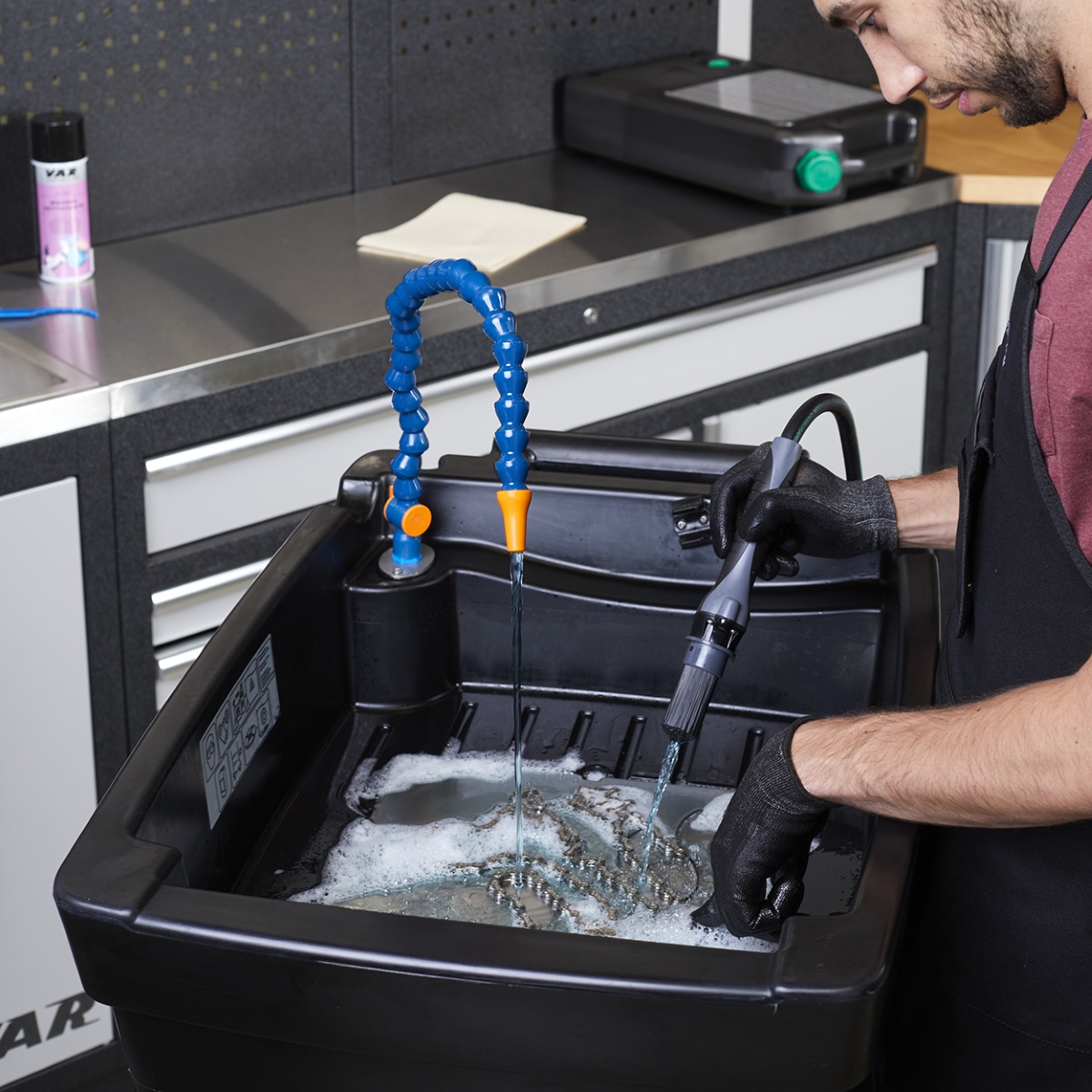


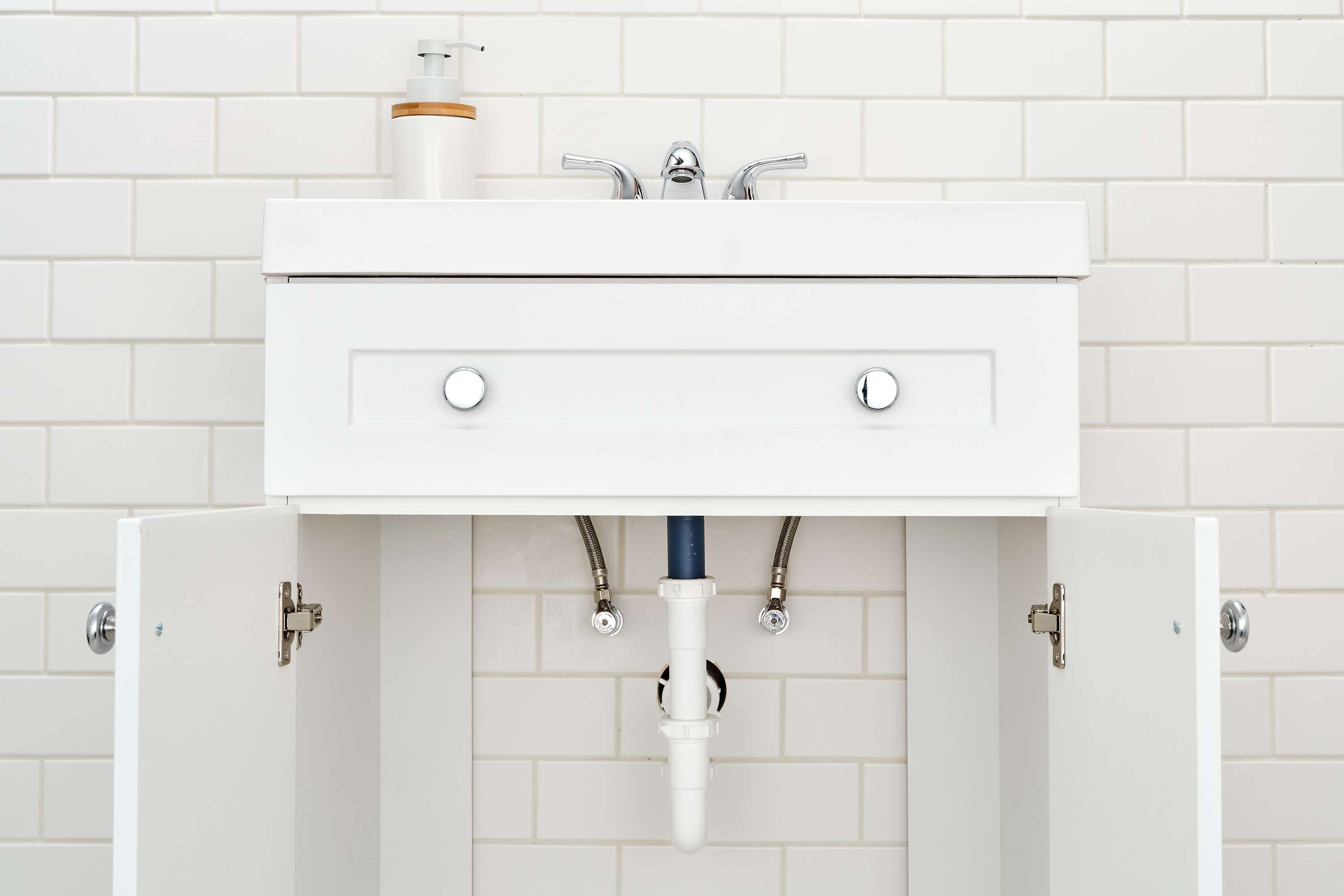
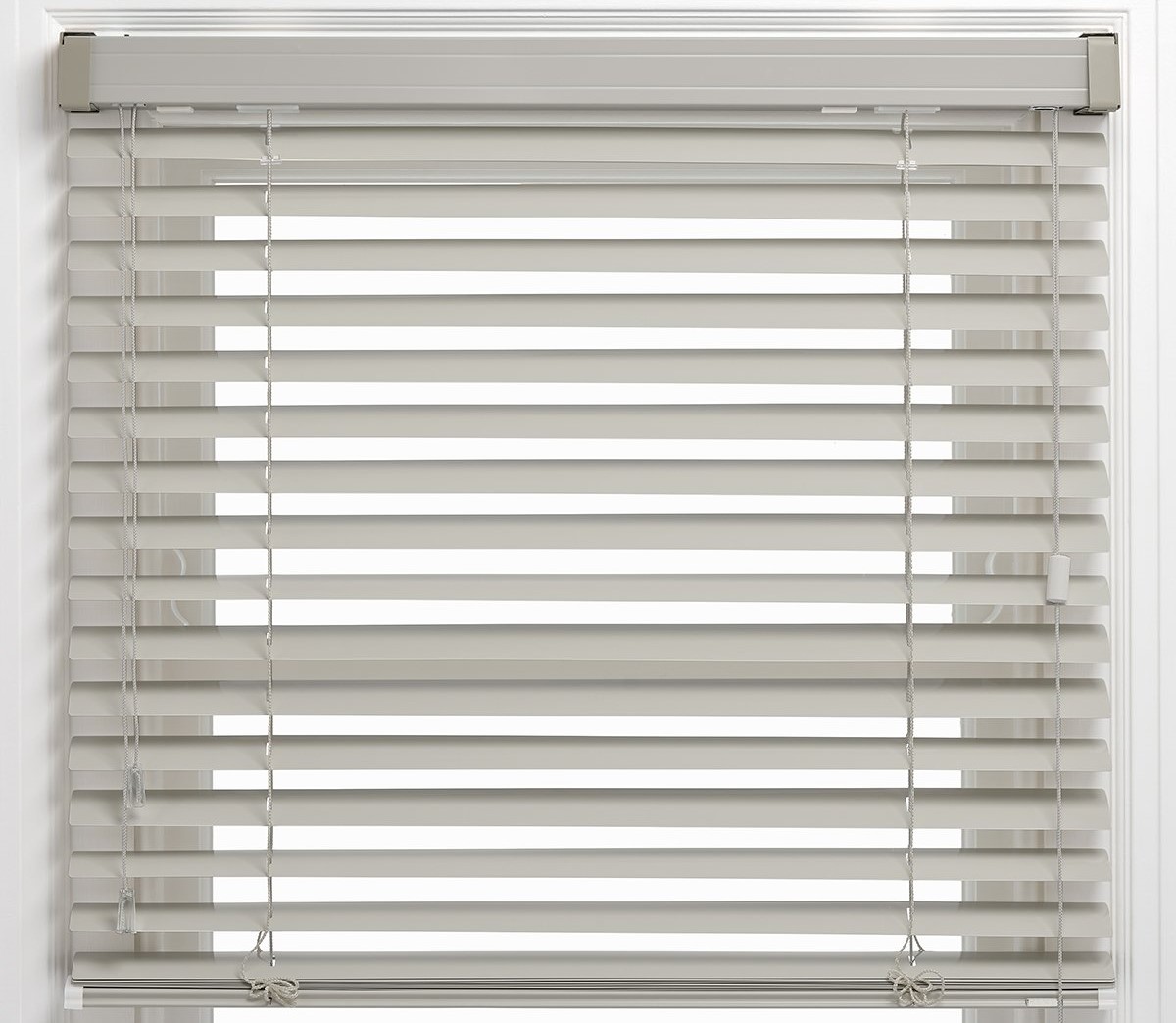





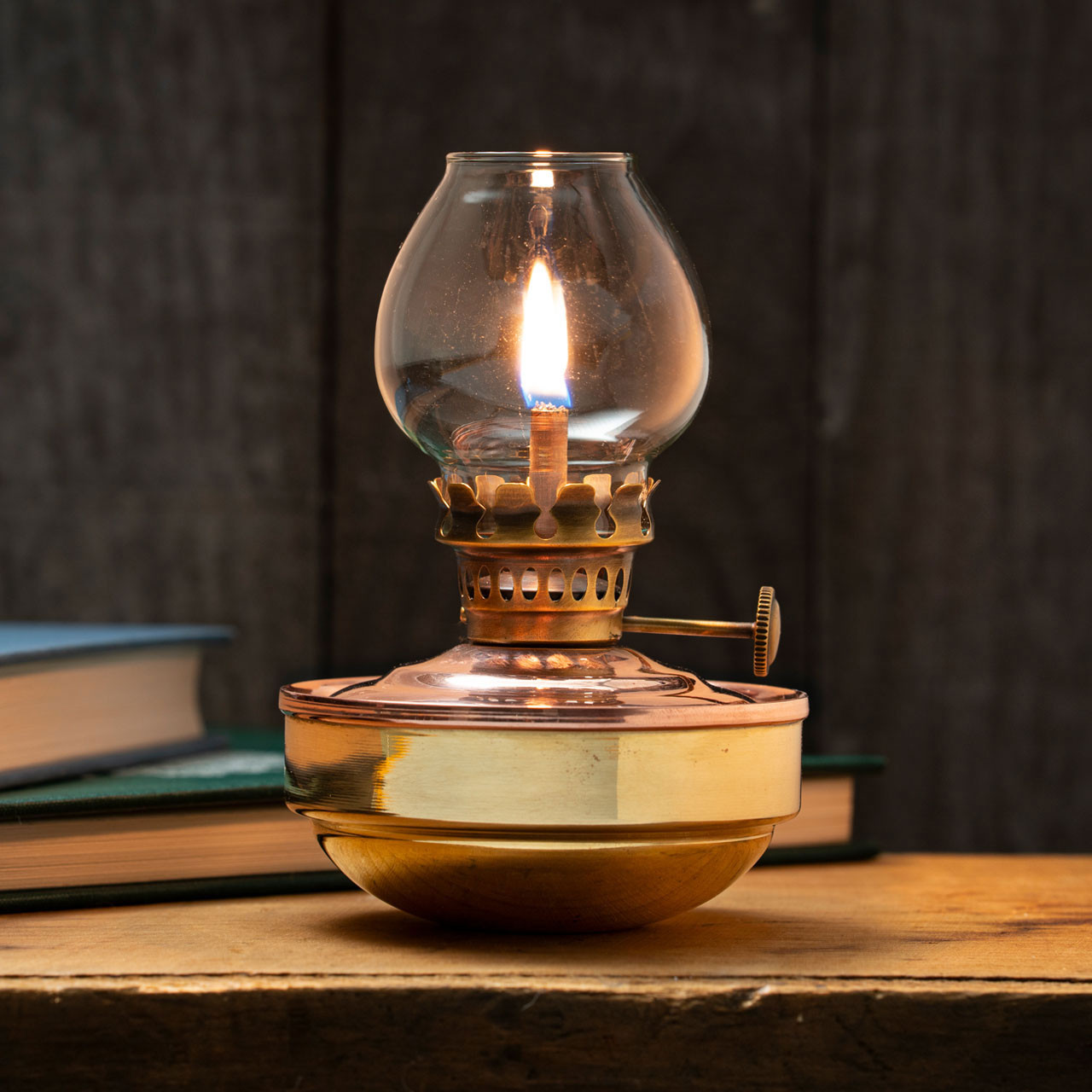

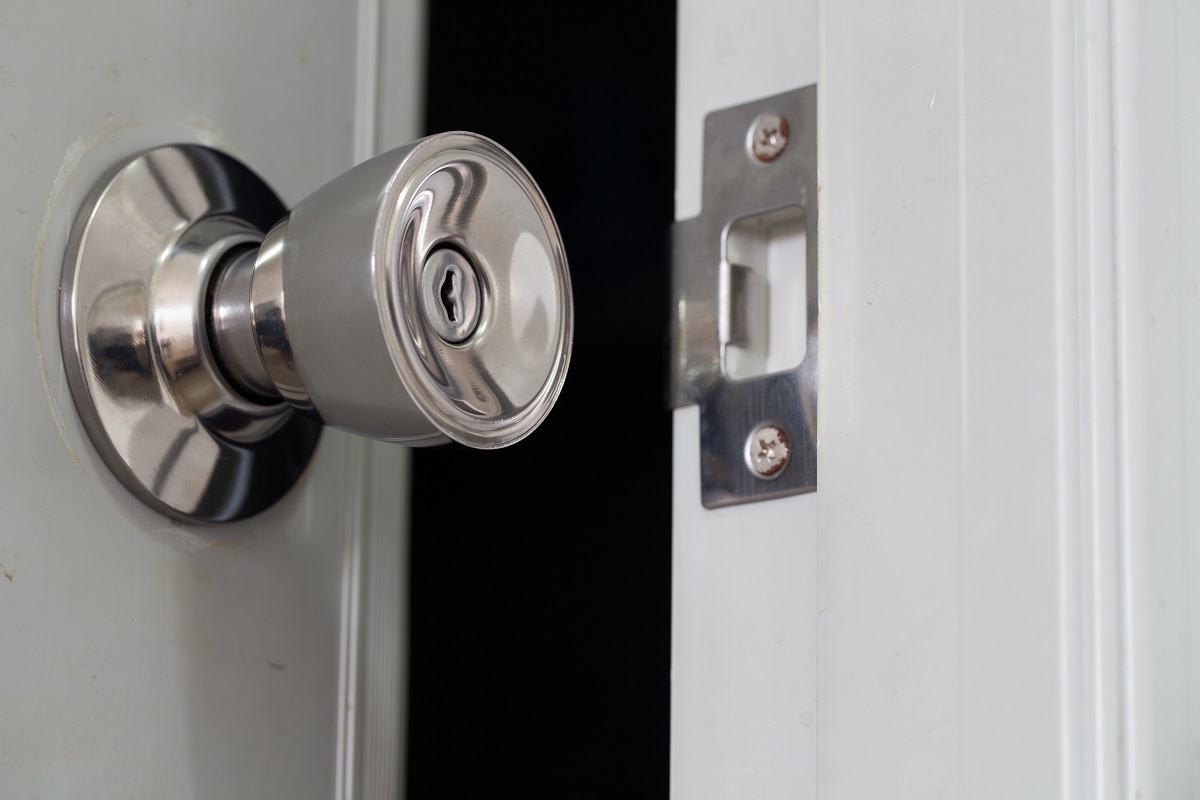
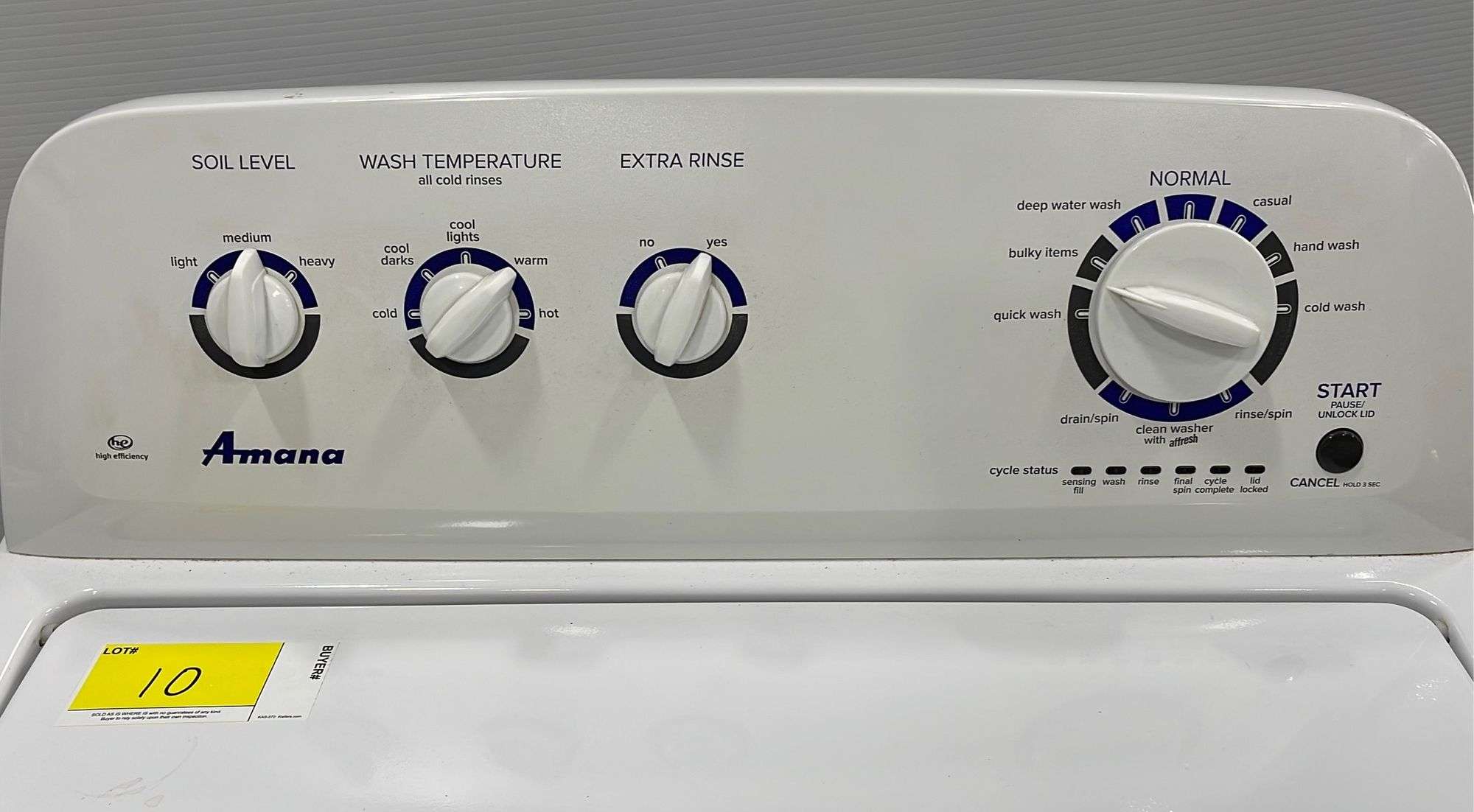
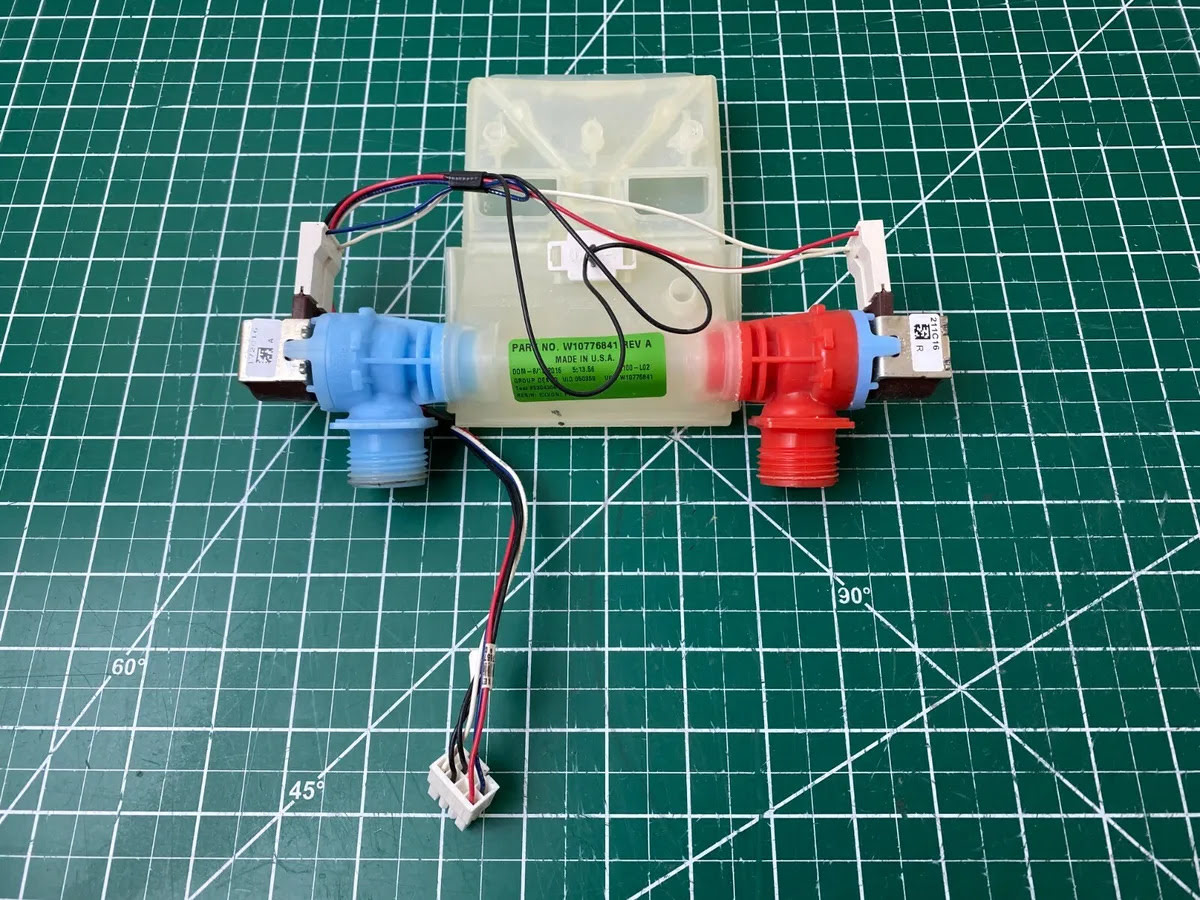

0 thoughts on “What Is The Middle Part Of A Washing Machine Called”